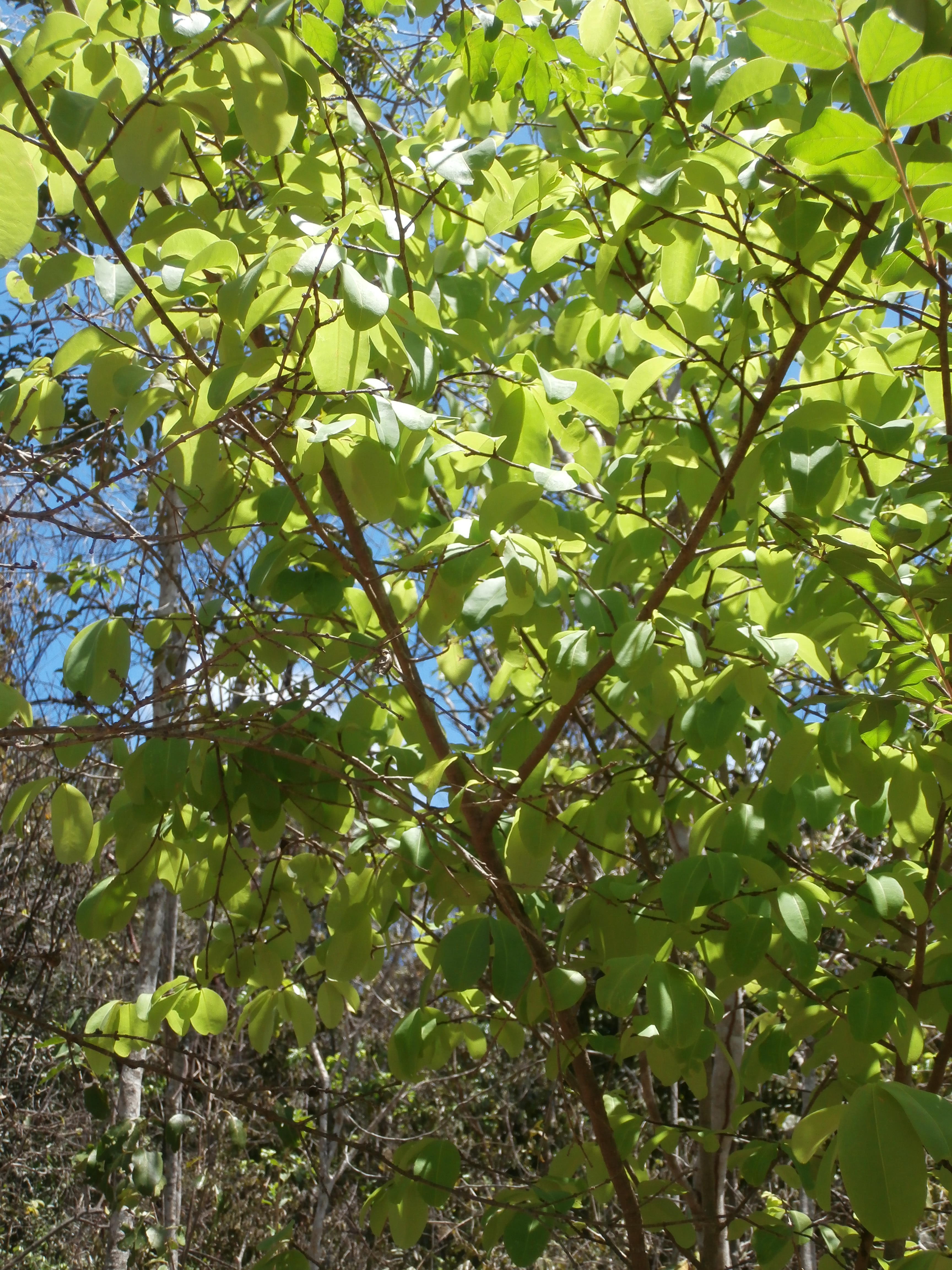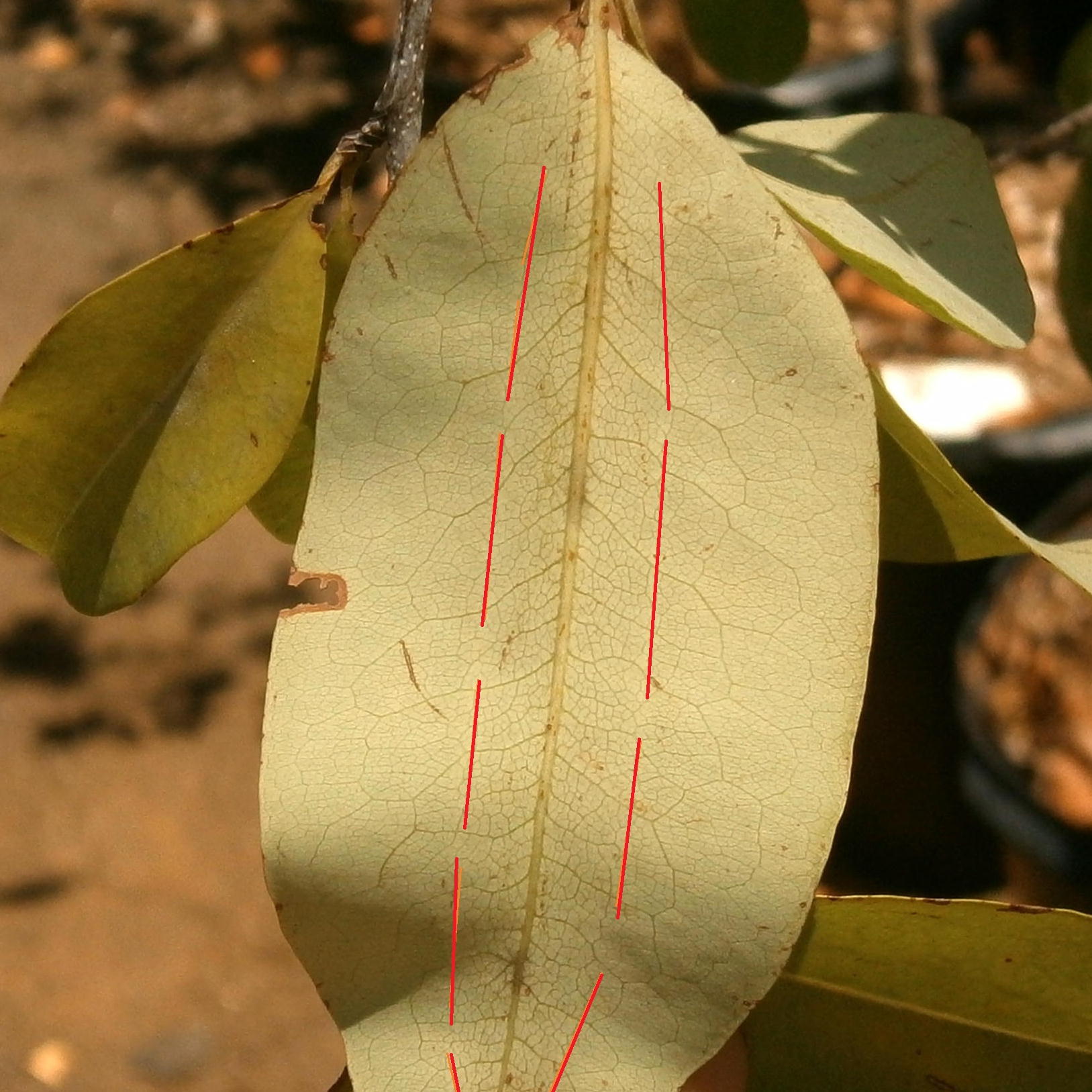Cayman: Celebrating our heritage – Plant a Tree in support of The National Trust

(14th May 2020) – As Discovery Day approaches the National Trust and local nursery, Caribbean Blooms would like to encourage the celebration of nature and its ties to our history. For as little as $12 you can purchase a historically significant tree whist contributing to the National Trust for the preservation of Cayman’s environment.


The last few weeks of lockdown have allowed us to appreciate wildlife more than ever before. Our senses have awakened to the twittering of birds; the vibrant blue and green colours of the lizards that jump from plant to plant and the mass of white butterflies. Some of us have indulged on fresh local fruit while others have found happiness in the beautiful flowers that we had little time to notice when life was more hectic.


As we stand still a little longer, let us remember the resourcefulness of our ancestors. Plants had more value than just beauty or food, they were essential to Caymanian livelihood. Silver thatch palms were used to make rope, Whitewood tree trunks were often used to make Cayman Catboats and schooners and there were a host of plants that were used for medicinal purposes.
This Discovery Day we share some of the history of one of our native plants – Erythroxylum areolatum or locally known as Smoke Wood. Thanks to Caribbean Blooms this plant can be purchased for your garden.
Smoke Pot heritage
When the old Clayton Nixon house on Goring Avenue was saved from demolition and moved to the National Trust’s Mission House property in Bodden Town.
Several old paint tins with wire handles were unearthed. During the excavation of the old stepwell. Looking closer at these tins it was noted that they had slits cut into the sides and in the base. They were in fact “Smoke Pots”!
It is not unusual to find such artifacts in old homes. They were culturally used to burn branches of Smoke Wood to keep mosquitoes away. The wood produces a white smoke and has a pleasant odour.
Historic reports suggest that mosquitoes were heavily felt by both man and beast. ‘Every house has a smoke fire from 4pm and everyone sits close to it enveloped in a blinding smoke…’. Cattle were even suffocated by swarms of mosquitoes blocking their nostrils.
Fast forward to present day, the quarantine and isolation of the COVID 19 virus make us realise that we are dependent on our homestead; making do with what is at hand, the past is becoming more relevant than ever.
Mosquito planes and insect repellent spray didn’t exist in those days, Smoke Wood was the only protection from biting insects; Caymanians used what was naturally found around the dwelling. Smoke Wood is a common small 20’ft tree, often lining the edge of the premises along fences. The wood is also used for fence posts.
There are three species of smoke wood in Cayman. was the one used as an insect repellent. It is a deciduous bush with a “V” shape growth habit; it makes an excellent hedge or specimen tree.
Signalling spring, fragrant light green flowers will invite many insects to its nectar for about a week and fresh new lime green leaves will emerge on the bare branches.
It is easy to identify as there are two parallel lines to the mid vein on the underside of the leaf. It is fairly drought tolerant and locally found in dry woodland but also on the edge of wetland habitat.
Celebrate Caymanian heritage, preserve a native tree
If you are interested in helping to preserve this native tree, please support the National Trust by purchasing one today. Please visit the National Trust website at nationaltrust.org.ky or email [email protected] for more information.
Pricing
1 gal – $12.00
3 gal – $20.00
7 gal – $35.00
Photos attached:
Photo 1: Smoke Pot, Photo Credit: Andy Gibb
Photo 2: Smoke Wood Tree, Photo Credit: Sue Gibb
Photo 3: Smoke Wood Leaf, Photo Credit: Joanne Mercille





